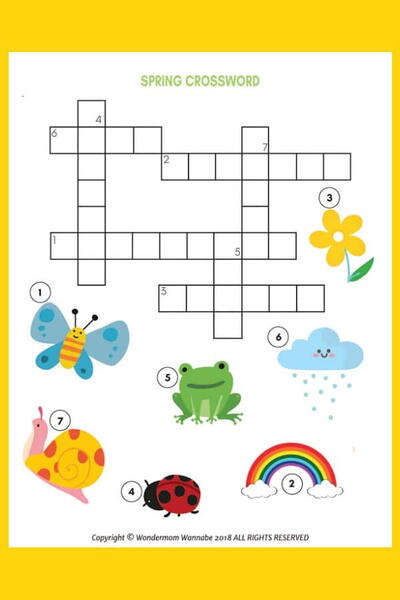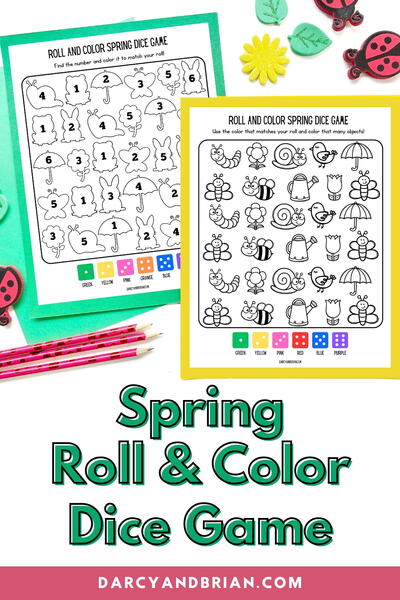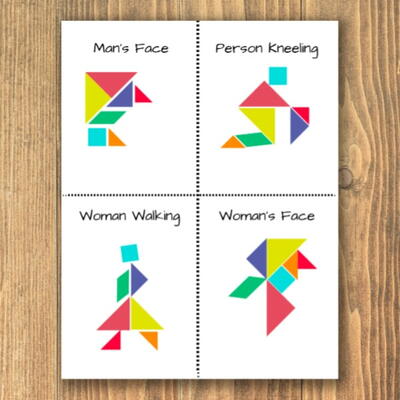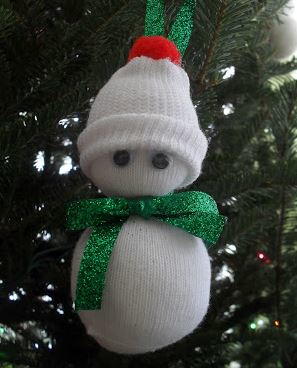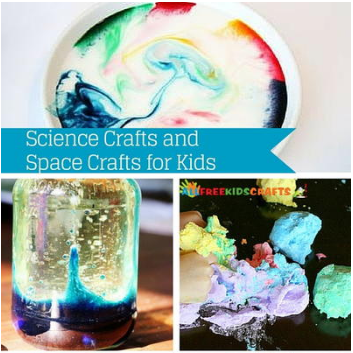Sensory Activities: Creative and Fun Ways to Boost Your Child's Thinking Skills
What are Sensory Activities?
 Giving children the opportunity to create and explore in an uninhibited way is incredibly important in a child's development, and that's exactly the goal of sensory activities. Sensory activities, often referred to as 'messy play,' include any kind of creative play that engages a child's sense of smell, touch, taste, sight, or hearing.
Giving children the opportunity to create and explore in an uninhibited way is incredibly important in a child's development, and that's exactly the goal of sensory activities. Sensory activities, often referred to as 'messy play,' include any kind of creative play that engages a child's sense of smell, touch, taste, sight, or hearing.
The idea behind these hands-on educational activities for kids is that allowing young children to have unstructured and open-ended play time to investigate their surroundings will help them develop their thinking abilities, learn how to solve problems, and boost their creativity at the same time. Think of sensory activities as a cross between an art project and a science experiment.
Setting the stage for these sensory stimulation activities doesn't have to be complicated. In fact, you can easily create sensory activities for toddlers, preschoolers, and older children to enjoy even if you have hardly anything in the house. The beauty of sensory play is that even the simplest household items can produce the most fun and beneficial activities. It doesn't matter if you take the time to create a unique homemade slime recipe or if you simply have some messy fun with shaving cream, providing engaging and interactive activities for your child will give them the opportunity to grow in new ways.
As long as your child is exploring something new with at least one of their five senses, everything else is completely up to you. Between food items, basic crafting supplies, household items and kid-friendly plastic tools and toys, you should be able to purchase everything you need for around twenty dollars. Here are a few examples of sensory play:
What are Some Basic Examples of Sensory Activities?
Color sorting is  great way for little ones to build their critical thinking skills, and you can use a huge variety of materials. You can even turn color sorting into a game, like this Fine Motor Skills Monster Game.
great way for little ones to build their critical thinking skills, and you can use a huge variety of materials. You can even turn color sorting into a game, like this Fine Motor Skills Monster Game.
Sensory activities are also the perfect reason to let kids express their creativity through art projects.
- Scented Edible Finger Paint is a simple way to invite toddlers to enjoy sensory activities.
- Painting Fun with Fruit is an entertaining idea for kids who have been told not to play with food!
- Sweet and Spicy Scented Painting invites kids to make connections betweens scent and color as they create new masterpieces.
 Homemade play dough and homemade slime recipes are one of the most popular ideas for sensory play, and it's easy to see why. Children always enjoy playing with PlayDough, but these homemade playdough recipes go a step beyond the store-bought goo:
Homemade play dough and homemade slime recipes are one of the most popular ideas for sensory play, and it's easy to see why. Children always enjoy playing with PlayDough, but these homemade playdough recipes go a step beyond the store-bought goo:
- Lavender Cloud Dough is soft to the touch, and it releases a calming scent that little ones will love.
- Golden Glitter Slime sparkles and shines, so little ones can engage their sense of sight while they play.
- Non-Toxic Neon Slime is one of the most tactile homemade slime recipes around.
- Kool-Aid Play Dough uses one of the most kid-favorited kitchen supplies around to make a fun, scented
- Borax-Free Gooey Gak Slime is a great recipe if you want a more basic homemade play dough, and it can be made in any color.
- I Spy Alphabet Slime challenges kids to find letters of the alphabet as they dig through this sticky slime.
There are even homemade slime recipes that are edible, in case your little ones tend to taste during playtime:
- Edible Oatmeal Playdough Recipe
- Peanut Butter Edible Playdough Recipe
- Edible Almond Playdough Recipe
What Ages Can Benefit from Sensory Activities?
There is no right or wrong age to expose children to sensory activities, as long as they are properly monitored. Children as young as six months can enjoy the benefits of basic sensory play. The ideal sensory activities for younger children involve items that are colorful and cannot be easily put into their mouths. Younger children can also enjoy something as simple as touching a new texture they haven't encountered before.
There is no set amount of time that a child has to engage in sensory play, and given the open-ended nature of sensory activities, your child can decide when they're finished playing all on their own. It doesn't matter if a child enjoys his or her sensory play for a few minutes or a few hours. As long as they engage in an activity that challenges their five senses, they receive developmental benefit.
When your child is old enough to talk, you can ask him or her questions about the discoveries they make during sensory play (such as how something looked, smelled, or tasted) that will encourage their critical thinking. Older children especially enjoy sensory activities that involve a more direct task, such as finding an item that is buried somewhere in their sensory bin.
What Items are Safe to Use for Sensory Play?
 Shaving cream and dish soap are some of the easiest household items to use for sensory play, as they usually are not irritating to sensitive skin. Be sure to monitor children if they're playing with anything inedible to make sure they don't attempt to taste it. You can easily add color to dish soap and shaving cream to create all kinds of fun tactile experiences, like these sensory activities:
Shaving cream and dish soap are some of the easiest household items to use for sensory play, as they usually are not irritating to sensitive skin. Be sure to monitor children if they're playing with anything inedible to make sure they don't attempt to taste it. You can easily add color to dish soap and shaving cream to create all kinds of fun tactile experiences, like these sensory activities:
In addition to the household items listed above, there are several simple food items that are perfect to incorporate into sensory play. Gelatin is a simple food item children can play with (and eat). You can even learn how to color pasta, beans, and even rice for sensory play. If you choose to use food items for sensory play, be mindful of any allergies children may have.
How to Avoid Making a Mess with Sensory Activities
 Messy play is tons of fun, but it's not always fun to clean up afterwards. You should make sure to protect any surrounding surfaces--like the floor or the countertops--with newspaper, plastic tablecloths, or anything else you might have on hand. Using sensory bins for your child's creative play is a simple solution to the messy side of sensory activities, since everything will be kept relatively contained. Sensory bins are also an ideal way to create sensory activities that are lare
Messy play is tons of fun, but it's not always fun to clean up afterwards. You should make sure to protect any surrounding surfaces--like the floor or the countertops--with newspaper, plastic tablecloths, or anything else you might have on hand. Using sensory bins for your child's creative play is a simple solution to the messy side of sensory activities, since everything will be kept relatively contained. Sensory bins are also an ideal way to create sensory activities that are lare
Sealing sensory activities inside plastic bags is another great way to limit the mess, like this Snowman in a Baggie. Just about any sensory activity can be modified to fit safely inside a plastic bag. Using plastic bags for sensory play is also a good way to avoid accidental tasting with younger children. Upcycling plastic bottles is another great option for contained sensory play, like this Spring Flower Sensory Bottle.
Finally, consider taking sensory stimulation activities to the bathroom to cut down on the mess. Sensory activities that double as bathtime fun are especially useful for the busy parent, since you can simply wash the tub when you're done.




